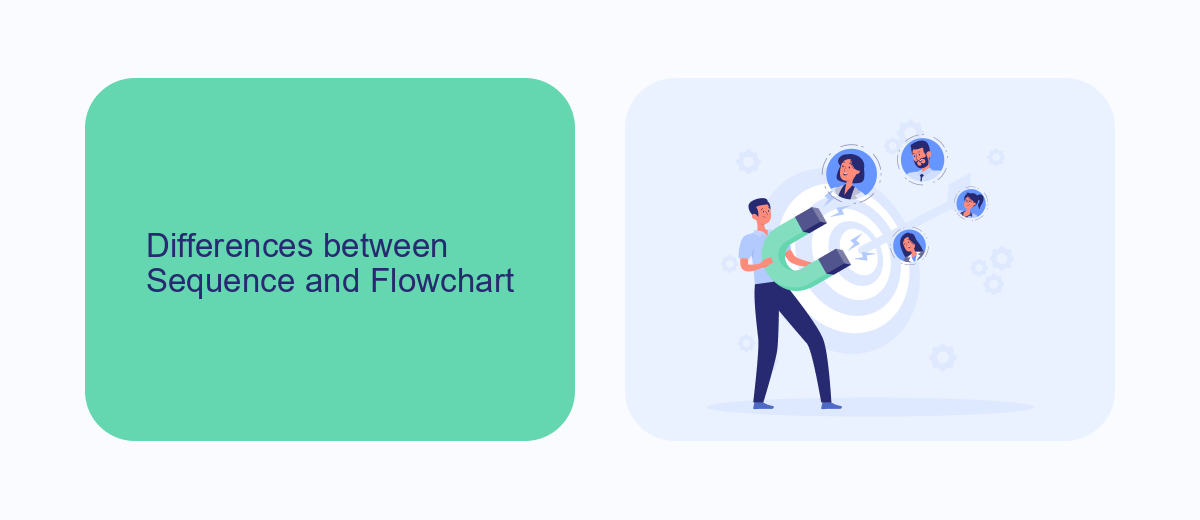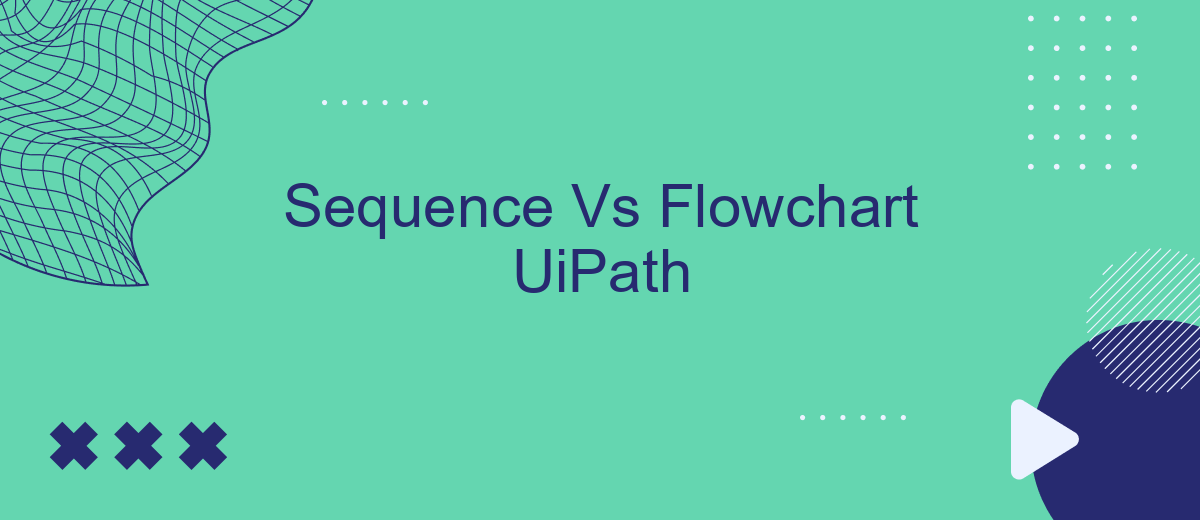In the realm of robotic process automation (RPA), UiPath offers powerful tools for designing workflows. Two primary methods for structuring these workflows are Sequences and Flowcharts. This article delves into the differences between Sequences and Flowcharts in UiPath, exploring their unique features, advantages, and best use cases to help you choose the right approach for your automation projects.
Introduction
When working with UiPath, understanding the differences between Sequences and Flowcharts is crucial for efficient automation. Both tools offer unique advantages and are suited for different types of tasks, making it important to know when to use each one.
- Sequences: Ideal for linear processes with straightforward steps.
- Flowcharts: Best for complex workflows with multiple decision points and branching logic.
Choosing the right tool can significantly impact the performance and maintainability of your automation projects. For instance, Sequences are simpler to set up and are great for tasks like data entry or sending emails. On the other hand, Flowcharts offer flexibility and are better suited for intricate processes that require conditional logic. By mastering both, you can optimize your workflows and achieve more efficient automation.
Differences between Sequence and Flowchart

Sequences and Flowcharts in UiPath serve different purposes and have distinct characteristics. Sequences are linear and straightforward, ideal for simple workflows where activities follow a specific order. They are easy to understand and maintain but can become cumbersome for complex processes. Sequences are best suited for tasks that require step-by-step execution without much branching or decision-making.
On the other hand, Flowcharts offer a more flexible and visual approach to designing workflows. They allow for branching, looping, and parallel execution, making them suitable for complex processes with multiple decision points. Flowcharts are more intuitive and easier to debug, as the visual representation helps in understanding the flow of activities. While Sequences excel in simplicity, Flowcharts shine in handling intricate workflows that involve various conditions and paths.
When to Use Sequence

Sequences in UiPath are ideal for linear, straightforward processes. They are best used when the task involves a series of steps that follow one another without complex branching or decision-making. Sequences are easy to understand and maintain, making them suitable for automating simple workflows.
- Linear workflows: When your process follows a straight path from start to end without deviations.
- Simple tasks: For tasks that do not require extensive decision-making or complex logic.
- Quick automation: When you need to automate a process quickly and efficiently.
- Integration tasks: When setting up integrations with services like SaveMyLeads, where the steps are straightforward and sequential.
In summary, sequences are perfect for scenarios where the process is clear-cut and uncomplicated. They provide a streamlined way to automate tasks that do not need intricate logic or multiple branching paths. For more complex workflows, consider using flowcharts to better manage the logic and branching required.
When to Use Flowchart

Flowcharts are particularly useful in scenarios where the process involves multiple decision points and branching paths. They provide a clear visual representation of complex workflows, making it easier to understand and manage intricate logic.
When dealing with tasks that require a high level of flexibility and need to accommodate various conditions, flowcharts are the preferred choice. They allow developers to visualize and organize the workflow in a manner that is easy to follow and modify.
- Processes with multiple decision points
- Workflows that need to handle various conditions
- Tasks requiring a clear visual representation
- Scenarios involving complex business logic
Using flowcharts can also be beneficial when integrating with different services, such as SaveMyLeads, which automates data transfer between various platforms. This ensures that all conditions and decision points are clearly mapped out, making the integration process more efficient and error-free.
Conclusion
In conclusion, both Sequences and Flowcharts in UiPath have their unique strengths and applications, making them valuable tools for different scenarios in robotic process automation. Sequences are straightforward and ideal for linear, simple processes, offering ease of use and quick implementation. On the other hand, Flowcharts provide a more visual and flexible approach, making them suitable for complex workflows that require conditional branching and multiple decision points.
Choosing between Sequences and Flowcharts ultimately depends on the specific requirements of the task at hand. For those looking to integrate various services and streamline workflows, tools like SaveMyLeads can complement the use of UiPath by automating data transfers and enhancing overall efficiency. By leveraging the strengths of both Sequences and Flowcharts, along with integration services, organizations can optimize their automation strategies and achieve more robust and scalable solutions.
- Automate the work with leads from the Facebook advertising account
- Empower with integrations and instant transfer of leads
- Don't spend money on developers or integrators
- Save time by automating routine tasks
FAQ
What is the primary difference between a Sequence and a Flowchart in UiPath?
When should I use a Sequence over a Flowchart in UiPath?
Can I convert a Sequence to a Flowchart in UiPath?
How do Flowcharts handle decision-making in UiPath?
What tools can I use to integrate and automate workflows in UiPath?
What do you do with the data you get from Facebook lead forms? Do you send them to the manager, add them to mailing services, transfer them to the CRM system, use them to implement feedback? Automate all of these processes with the SaveMyLeads online connector. Create integrations so that new Facebook leads are automatically transferred to instant messengers, mailing services, task managers and other tools. Save yourself and your company's employees from routine work.

